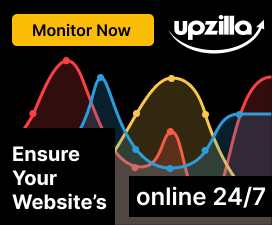The 403 Forbidden error is an HTTP status code that means that accessing the page or resource you were trying to reach is absolutely forbidden for some reason. Different web servers report 403 errors in different ways, the majority of which I've listed below. Website owners are also welcome to customize HTTP 403 errors but that's not too common. The 403 Forbidden error displays inside the browser window, just as web pages do. 403 errors, like all errors of this type, might be seen in any browser on any operating system.
For fixing this, Check for URL errors and make sure you're specifying an actual web page file name and extension, not just a directory. Most websites are configured to disallow directory browsing so a 403 Forbidden message when trying to display a folder instead of a specific page is normal and expected. Clear your browser's cache. Issues with a cached version of the page you're viewing could be causing 403 Forbidden issues. Log in to the website, assuming it's possible and appropriate to do so. A 403 Forbidden message could mean that you need additional access before you can view the page.








